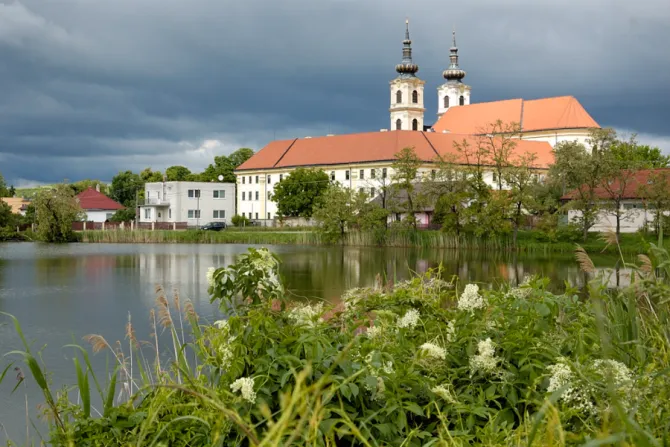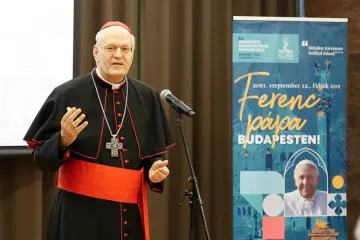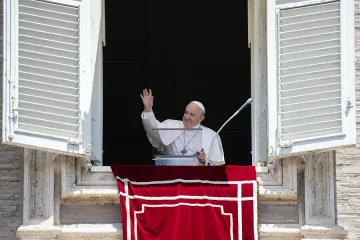Rome Newsroom, Jul 9, 2021 / 13:00 pm
Pope Francis will travel to the Catholic-majority country of Slovakia on Sept. 12-15, stopping at four different locations.
One of these is Šaštín, one of Slovakia’s youngest towns, where there is an image of the Virgin Mary that has attracted pilgrim visitors such as Mother Teresa and St. John Paul II.
The image is of Our Lady of the Seven Sorrows, a figure so important to the people of Slovakia that Pope Pius XI declared her the country’s patroness in 1927.
Even when the country was absorbed into the Communist Bloc, the Slovakian people managed to be present at the Basilica of Our Lady of Seven Sorrows in Šaštín for her Sept. 15 feast day.
In 1985, more than 50,000 people, mostly young, made a pilgrimage to Šaštín. Bishop Julius Gábriš of Trnava, the country’s only diocese at the time, spoke to the pilgrims.
“Christianity gave birth to our nation...[and] the Marian cult allowed for happy historical evolution…” the bishop said. “We are a Marian nation!”
John Paul II offered Mass for 200,000 people in front of the basilica on July 1, 1995, during the second of the three trips he made to Slovakia as pope.
The last day of Pope Francis’ visit to Slovakia falls on Sept. 15, the Feast of Our Lady of Sorrows, to whom he has a special devotion.
In a homily on April 3, 2020, Pope Francis recalled the grieving “disciple and mother.”
“Christian piety has gathered up the pains of Our Lady and speaks of the ‘seven sorrows,’” he said.
The seven sorrows of Mary are the prophecy of Simeon, the flight into Egypt, the loss of the Child Jesus in the Temple, Mary’s meeting with Jesus on his way to the cross, the crucifixion of Jesus, when Jesus is taken down from the cross, and the burial of Jesus.
In paintings and statues, the seven sorrows are often depicted as seven swords driven into Mary’s heart.
The history of the Basilica of Our Lady of Sorrows in Šaštín begins with a woman named Angelica, who was abandoned on the land where the shrine now stands by her husband, the Hungarian nobleman Imarich Czobor, in 1564.
Desperate and alone, the woman appealed to the Virgin Mary for help, promising to build a shrine to Our Lady of Sorrows on the spot if her prayers were answered. Shortly after this prayer, Angelica’s husband returned and asked for forgiveness.
She kept her promise to the Virgin Mary and erected a shrine with a statue of Our Lady on the spot, which became the site of miraculous healings.
The current baroque-style basilica was constructed by Pauline monks in 1736 and consecrated by the bishop of Esztergom in the presence of Maria Theresa of Austria and her husband, Francis I, the Holy Roman Emperor.
In 1786, the church shrine and monastery were taken over by Emperor Joseph II, who banished the order and gave charge of the shrine to diocesan priests.
(Story continues below)
In 1864, the shrine had a great revival with celebrations for the 300th anniversary of its founding.
Under communism, the church was turned into barracks for soldiers in an attempt to stifle the country’s devotion to Our Lady of the Seven Sorrows.
After the fall of communism in the 1990s, the shrine experienced a renewal as a site of pilgrimage for the Catholics of Slovakia and visitors from abroad.






